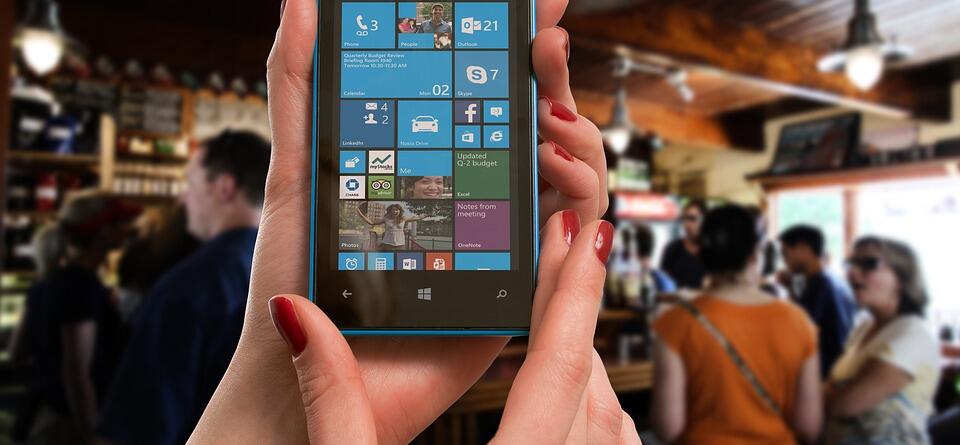The Evolution of Windows: From 1.0 to 11
Unveiling the Journey of Windows Operating System
The journey of Windows, from its inaugural version in 1985 to the launch of Windows 11 in 2021, is nothing short of remarkable. The evolution of this operating system reflects not just the advancement in technology but also Microsoft’s dedication to revolutionizing how we interact with our devices. This article delves into the transformation of Windows, exploring key milestones and features introduced with each version.
From Humble Beginnings to a Revolutionary Concept
Windows 1.0: The Foundation Stone
Windows 1.0, released in November 1985, was Microsoft’s first attempt to provide a graphical interface for PC users, moving away from the command-line interface of MS-DOS. This version, more of a graphical shell than an OS, laid the groundwork for the user-friendly interfaces we enjoy today. Despite its modest beginnings, it introduced essential elements such as scroll bars, icons, and drop-down menus.
Windows 95: The Game Changer
Fast forward a decade, and we meet Windows 95, a monumental leap in the evolution of Windows. Launched in August 1995, it was a significant overhaul that introduced the iconic Start menu, Taskbar, and Minimize, Maximize, and Close buttons on windows. This version marked the transition from a program manager to a more comprehensive desktop experience, setting a standard for future interfaces.
The Era of Modernization and Connectivity
Windows XP: A New Chapter
Windows XP, released in October 2001, stands out as one of the most beloved versions of Windows. It combined the reliability and robustness of Windows 2000 with the desktop friendliness of Windows Me. XP introduced the "Luna" interface, offering a refreshing look with bright colors and rounded windows. It also brought significant improvements in networking and security, making it ideal for both home and professional use.
Windows 7: Refining the Vision
After the mixed reception of Windows Vista, Microsoft rebounded with Windows 7 in October 2009. It was well-received for its enhanced performance, improved user interface, and new features like the revamped taskbar that allowed pinning applications. Windows 7 also made strides in security and hardware integration, maintaining high compatibility with various software and devices.
Entering the Era of Personalization and Integration
Windows 10: A Platform That Knows You
The release of Windows 10 in July 2015 was a major milestone, emphasizing a "Windows as a Service" model. This version introduced the Cortana digital assistant, the Edge browser (replacing Internet Explorer), and the return of the Start menu with live tiles. With continuous updates and features like Windows Hello for facial and fingerprint recognition, Windows 10 signified Microsoft’s commitment to personalization, security, and cross-device experiences.
Windows 11: Embracing the Future
Windows 11, unveiled in June 2021, pushes the boundaries further with its streamlined design, enhanced performance, and a more integrated Microsoft Store. It offers a refined user interface with rounded corners, a centered Start menu, and new productivity tools like Snap Layouts and Virtual Desktops. Windows 11 is also optimized for newer hardware, supporting features like DirectStorage for faster game loading times and Auto HDR for improved visuals. This version is designed to foster an ecosystem where both touch and traditional inputs coexist seamlessly, marking a new era in personal computing.
Conclusion: A Legacy Continues
The evolution of Windows from version 1.0 to 11 is a testament to Microsoft’s innovation and adaptability. Each version has built upon the last, gradually enhancing user experience, security, and functionality. As we look toward the future, it’s clear that Windows will continue to evolve, embracing new technologies and adapting to the ever-changing landscape of personal computing. The journey from Windows 1.0 to 11 demonstrates a relentless pursuit of excellence and user-centric design that defines the essence of Windows.
Link to Windows Product Page
In this digital era where technology advances at an unprecedented pace, the operating system is more than just software; it’s a gateway to our digital lives. Through this evolution, Windows has remained at the forefront, constantly redefining our interaction with technology. As we continue to explore the potential of personal computing, one can only imagine what the next version of Windows might bring. The legacy of Windows is not just in its past but in its potential to shape the future.
Discover more from Akiatech Solutions Blog
Subscribe to get the latest posts sent to your email.









